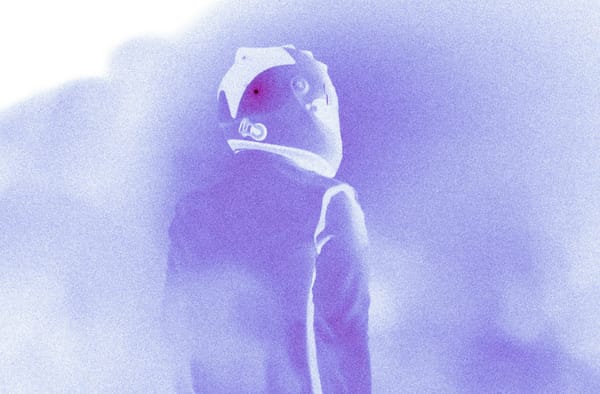Heart Recovery Rate - what is it?

Heart recovery rate is the rate at which your heart can recover after an activity. If you have not heard of the term, buckle up; it is an excellent measure of health.
Heart rate is the rate at which your heart beats per minute. The rate changes depending on what you are doing.
At rest, you ought to be targeting a rate below 50 beats per minute, also known as resting heart rate.
When you exercise, your heart rate increases to a maximum rate of 220 beats per minute. Depending on your age, you could target a number below this as your ideal maximum heart rate, let us say 160 beats per minute, for example.
Once you have finished exercising, your heart rate will come back down. Here is where heart rate recovery comes into play.
What is the drop in rate from the peak in a minute?
Heart recovery rate, then, is the maximum change in heart rate from peak in a minute.
So imagine that you are cycling with a heart rate of 160. You are pushing hard to climb a hill. Once done, you enter a flat area. How much does your heart rate fall in a minute? The more, the better.
In simple terms, your heart is able to go back to a steady capacity quickly once you are done exerting.
A good heart recovery rate is considered to be between 25 and 30, which means that from your peak, within a minute, your heart rate is able to drop by 25 to 30 beats per minute.
Most watches today are able to capture this data for you. There are sophisticated software programmes and equipment that can capture in minute detail the change in your heartbeat by sampling up to 1000 times per millisecond.
Training helps improve your heart recovery rate. Polarized training is one of the best ways to improve yours.
Reach out to me on twitter @rbawri Instagram @riteshbawriofficial and YouTube at www.youtube.com/breatheagain






